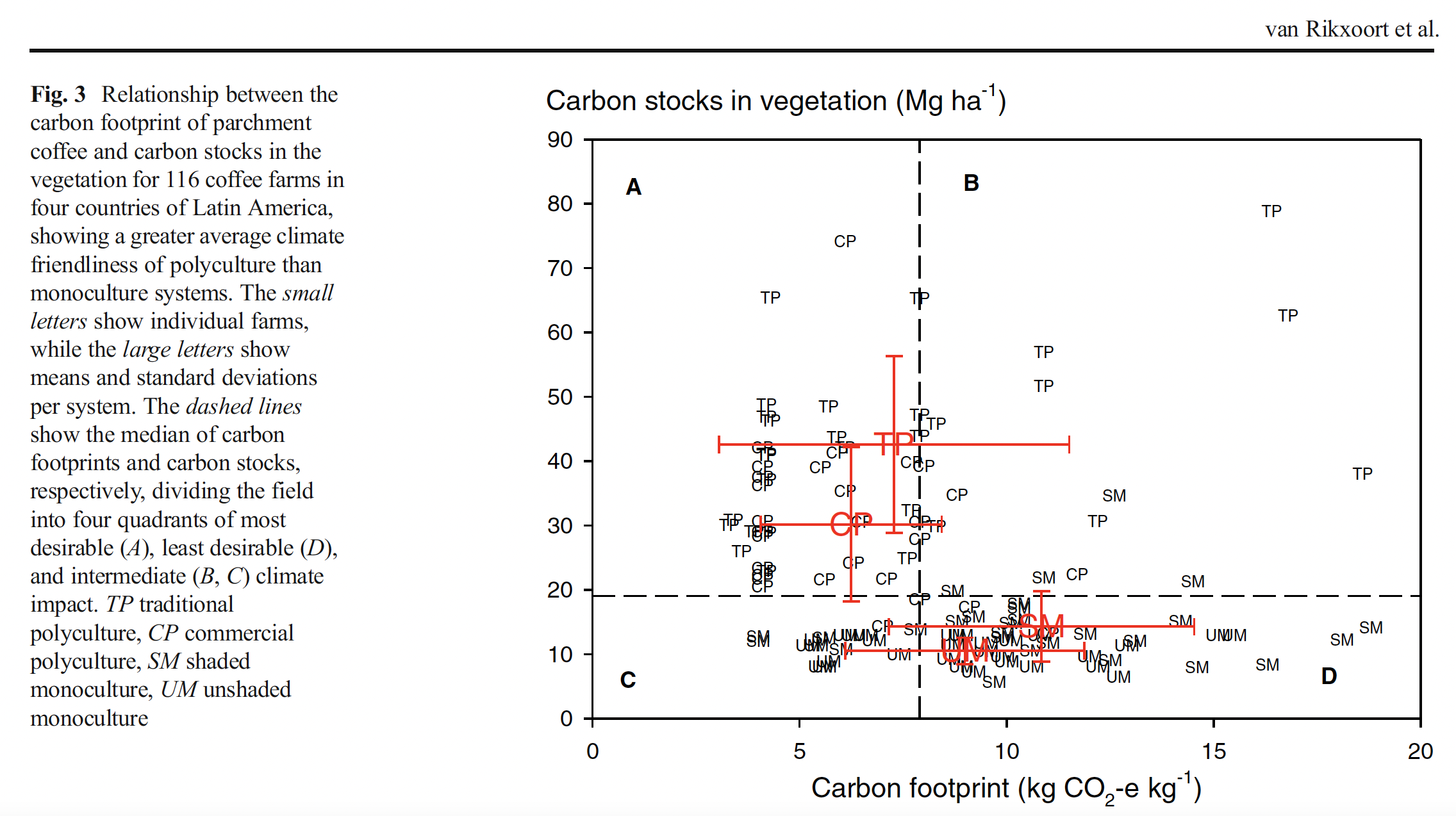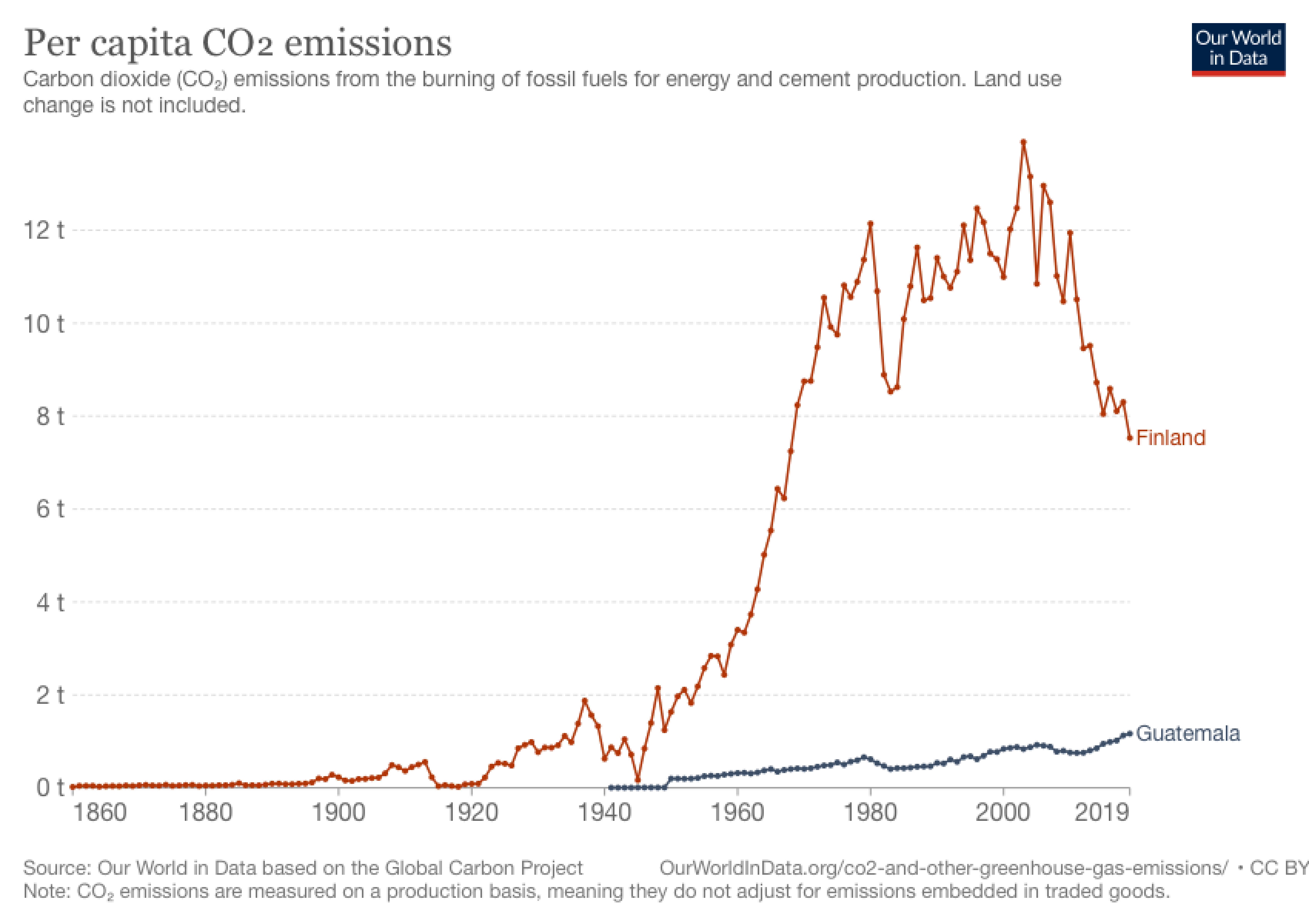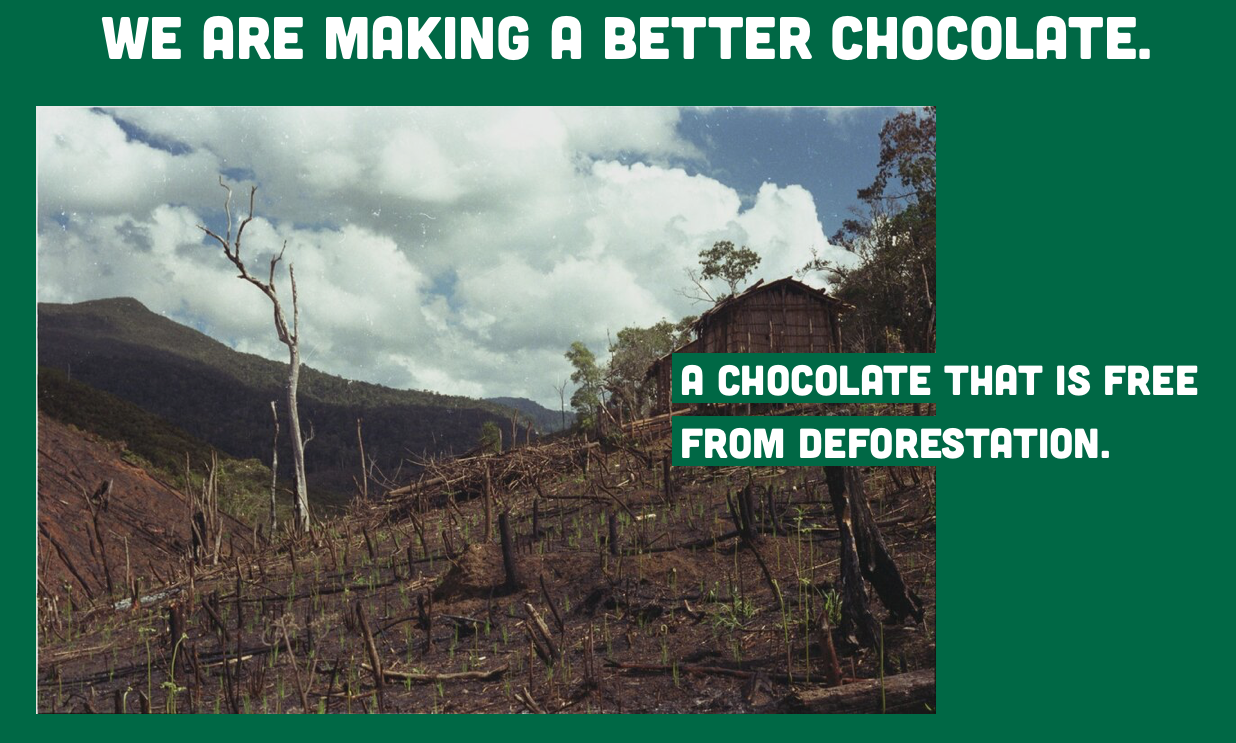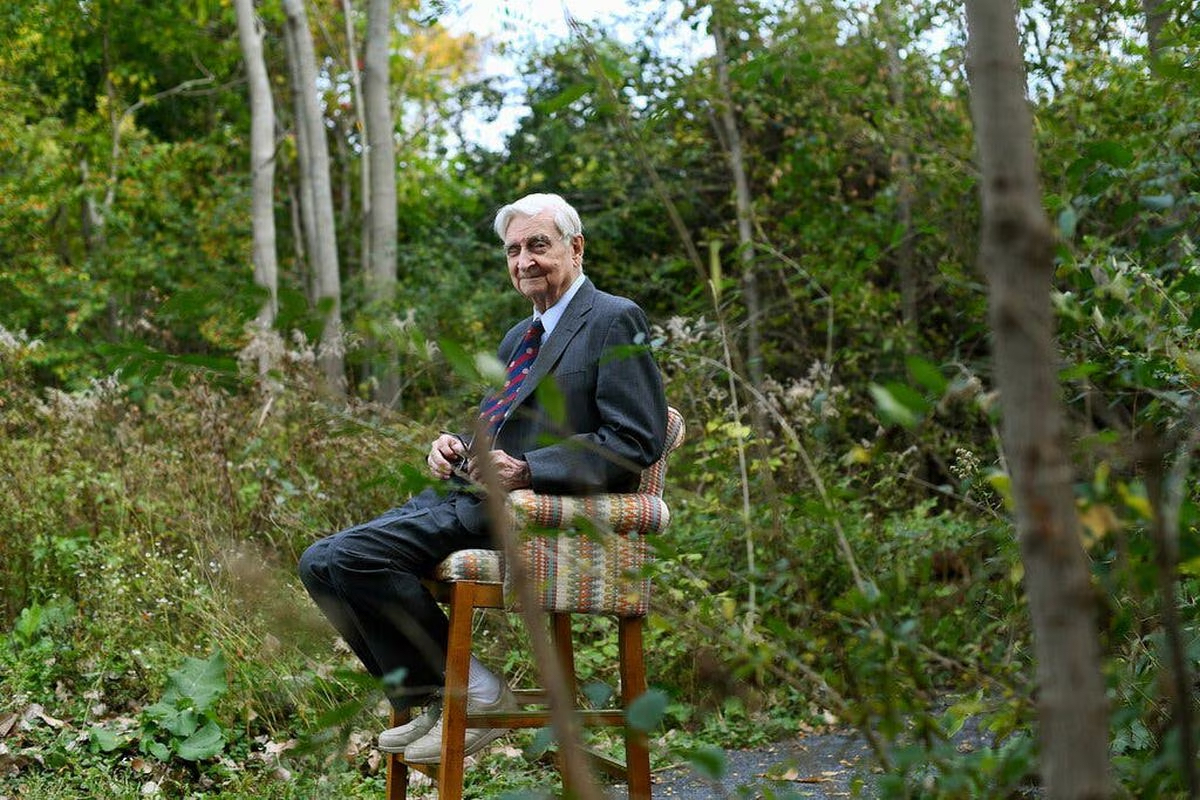
Why is this announcement in Finland so serious?
In the inaugural post on www.estatera.org I talked about some of the changes that are going to happen in the global food system in the next decade. A glaring example has been made public in recent weeks in Finland: the team at VTT, a public research company, has just developed what they say is the first production of coffee from cultured cells (article here).
There is no doubt that this is a breakthrough in science, and that Finland has the right to produce its own coffee if they so choose, given that they are among the world’s biggest consumers. But what they should not say is that this innovation can help make coffee more sustainable.
Coffee has a considerable carbon footprint. In this article Henk van Rikxoort et al. measure the carbon footprint in a sample of Latin American countries. The measurements range from about 6-7 kg CO2 equivalents per kg of parchment coffee in polycultures, to between 9-10 kg in monocultures. The stock of carbon stored in the case of shade-grown coffee can be very high, which partly offsets the emissions of the crop.
This graph compares the footprint of the different systems with their carbon storage capacity:
The key to the discussion, as I showed in the video on food miles, is the right of small producers in poor countries to use their very small carbon footprint as they please.
One hundred and twenty-five million people make their living from growing coffee, according to Fairtrade International.
This is the comparison of the carbon footprint between a coffee producing country like Guatemala and Finland (per capita data from www.ourworldindata):
Although Finland’s efforts to lower its carbon footprint are commendable, it should not come and tell us that it is going to save us from the carbon footprint of a small coffee producer in Guatemala.
This leads us to the following reflection, which we will discuss later: how to reduce the carbon footprint in agriculture without harming the rights of small producers, and can payments for environmental services contribute to a solution?
You may also like
Hypocritical chocolate
A few months ago I commented in this post that a Finnish company was promoting lab-grown coffee unde
How to fix the food system in simple steps, or not
Agriculture is responsible for a quarter of climate change. On top of that, the food system has show
Edward O. Wilson and his diagnosis of humanity in a tweet
This article was published in El País on January 20, 2022. On 26 December, Edward O. Wilson, the bi






Post a comment